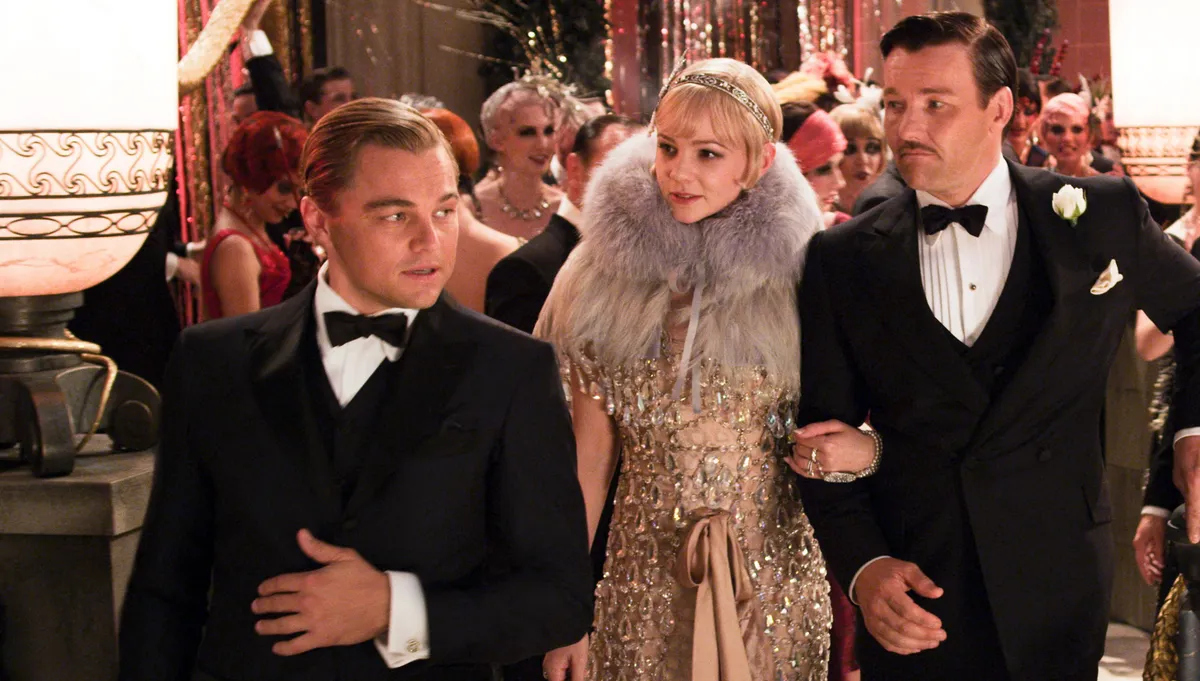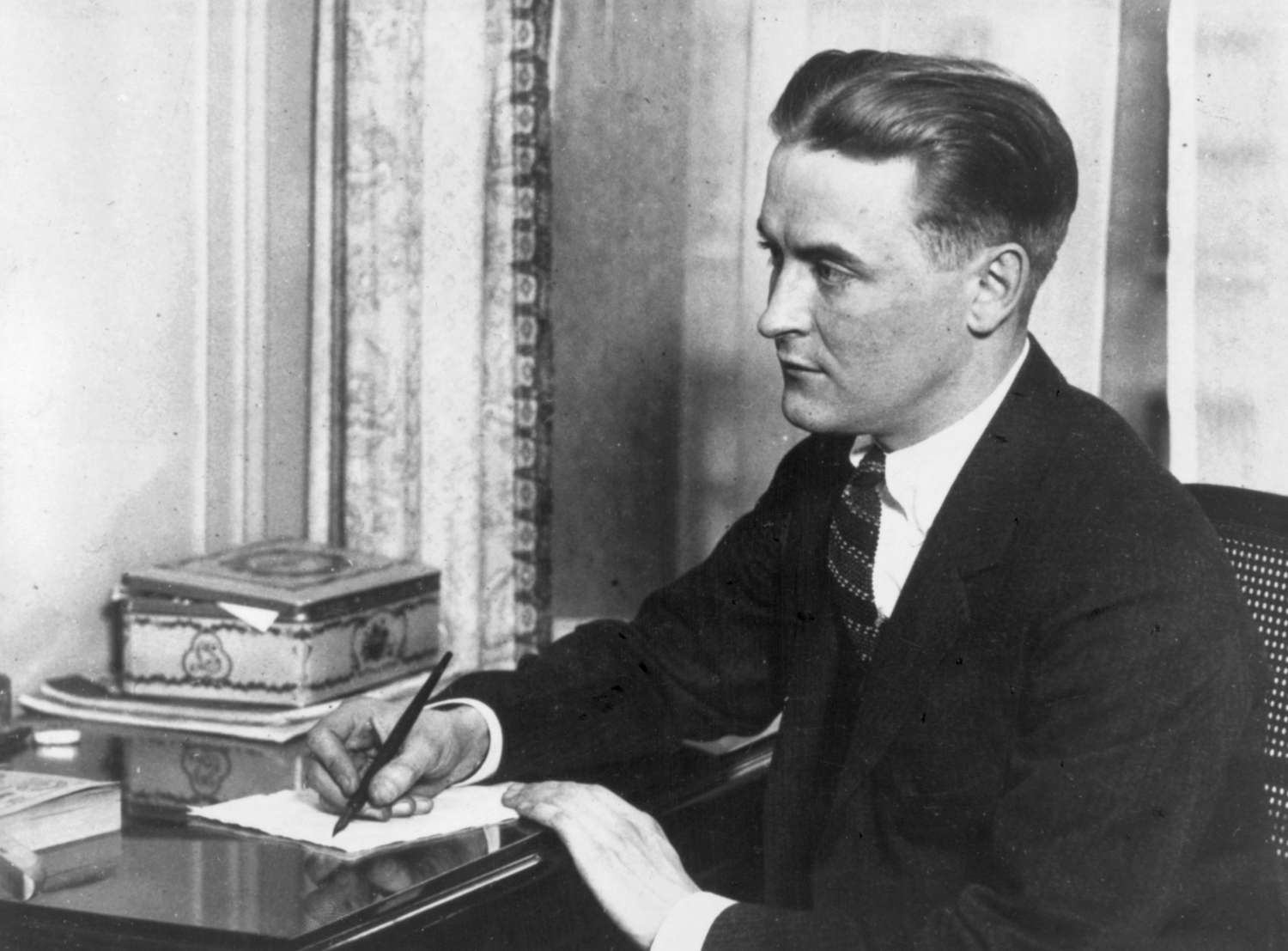Let us look at three of the best works of F. Scott Fitzgerald and understand why his contributions to American literature stands out, especially in their exploration of the Jazz Age in America.
The Jazz Age, also known as the Roaring Twenties, was an exhilarating and transformative period that unfolded in the United States during the 1920s, following the end of the First World War. It was characterized by a cultural explosion of jazz music, lively social gatherings, and a sense of rebellion against traditional values, facilitated by a significant economic boom. The era was, in many ways, a distancing from the restraints of the past as the young generation embraced new freedoms and indulged in a hedonistic lifestyle.
This desire for freedom and breaking away from what had come before was personified by Flappers – young women with bobbed hairstyles who wore cocktail dresses and were unafraid to drink or smoke publicly. Owing to an alcohol ban (Prohibition), there was a marked rise in secret underground bars, called Speakeasies, that went on to become hubs of illegal entertainment where jazz music filled the air and alcohol flowed. The Jazz Age left its mark on American society, shaping popular culture, art, fashion, and social norms for decades to come.
Author F. Scott Fitzgerald, one of the most prominent American writers, was naturally influenced by this age. Besides, his lifestyle also fitted the mold. His works capture the lavish lifestyles of the youth, brimming with excesses and the disillusionment felt by the younger generations. Further, the content of his writings – such as over-the-top parties – resonated deeply with these generations and continue to be testaments to the glitz of the Jazz Age that unfolded in America in the 1920s.
Born in 1896, F. Scott Fitzgerald gained fame for his novels, short stories, and essays that captured the essence of the Jazz Age and explored the complexities of the American Dream. Fitzgerald primarily lived in the United States, mostly in and around New York. In 1920, he married Zelda Sayre, an influential figure in her own right, and their glamorous yet tumultuous relationship became emblematic of the era. Zelda’s struggles with mental health and their turbulent marriage profoundly influenced Fitzgerald’s later works. His insights into the human condition amidst the whirlwind of the Jazz Age continue to captivate readers and offer a window into this remarkable period in American history.
Also Read: 20 Must-Read Short Books Under 250 Pages: A Quick and Compelling Read!
Major Works of F. Scott Fitzgerald
- Scott Fitzgerald gained fame for his portrayal of the Jazz Age through his various novels, short stories and essays, especially his most famous and well-regarded novel, The Great Gatsby.
Besides this, he is also known for his novels This Side of Paradise, Tender is the Night, The Beautiful and Damned and a collection of short stories called Tales of the Jazz Age. These works, along with many others, showcase Fitzgerald’s lyrical prose, insightful social commentary, and his ability to capture the essence of the human condition within the context of the Jazz Age. They have garnered critical acclaim and a devoted readership, solidifying Fitzgerald’s status as one of the most influential and celebrated American writers of the 20th century. Let us look at some of the most important works of F. Scott Fitzgerald below:
This Side of Paradise (1920)
Fitzgerald’s debut novel, This Side of Paradise, talks about the dawn of the Jazz Age and how the younger generation lived their lives. It also helps explore the morality of the people in the Jazz Age. The plot primarily focuses on the life of Amory Blaine, a handsome, young middle-class man and his various pursuits in romance and writing amidst a rapidly changing society. Featuring a setting of post-World War I America, the novel emphasises the restlessness and disillusionment experienced by the younger generation of that era.
Through Amory’s journey, Fitzgerald examines the themes of self-discovery, idealism, and the dissonance between traditional, older values and morals and the changing social landscapes of the time. With an introspective narrative and sharp social observations, This Side of Paradise highlights the plight of a young generation stuck between the appeal of ambition and the quest for personal fulfilment.
Tales of the Jazz Age (1922)
The second collection of short stories by Fitzgerald, Tales of the Jazz Age, offers readers a window into life during the Jazz Age, as the title suggests. Divided into three sections according to the subject, this collection covers a large variety of themes, characters and settings. One of the most famous stories is The Curious Case of Benjamin Button, a fantastical tale of a man who ages in reverse. This story has also been adapted into a movie. Through this immensely creative story, Fitzgerald challenges the traditional and normative notions of time and mortality while offering a moving observation on the journey of life and the momentary nature of existence. Other well-known stories, such as ‘The Diamond as Big as the Ritz’ and ‘May Day’, delve into themes of wealth, privilege, and the consequences of excess.
The Great Gatsby (1925)

Undoubtedly his most renowned and perhaps his finest literary work, The Great Gatsby, is set amidst the vibrant backdrop of the Jazz Age in New York, like most of Fitzgerald’s writings. This compelling novel unfolds the tragic tale of Jay Gatsby, a self-made millionaire, and his relentless quest for the love of Daisy Buchanan, a young woman from a privileged background who had captured his heart in the past. Although initially met with limited success upon its release, the book has attained the status of a timeless masterpiece in American fiction, often hailed as the epitome of the Great American Novel.
Known for its depiction of extravagant lifestyles, particularly the parties hosted by Gatsby in the novel, Fitzgerald explores the moral issues presented by such lifestyles in Jazz Age New York. In particular, this novel focuses on the superficial and disillusioned nature of its contemporary society and how it all ties into the prominent themes of wealth, love and endless pursuit of the American Dream.
Why You Should Read F. Scott Fitzgerald’s Works
As has been discussed above, Fitzgerald looks at several themes in his writings, such as ambition, loss, the struggle between discipline and self–indulgence, love and romance, and the influence of money and social class. He has his own instantly identifiable writing style, which is carefully observational and lyrical, as he examines a society in flux with the traditional values of the Victorian Era being overshadowed by modernity.
While he is often associated with the American youth culture, specifically the portrayal of Flappers in literature, Fitzgerald recognised that to be considered more than just a writer of stories and the new generation, he needed to address broader cultural concerns. One way he set about working towards this was by examining the impact of money on people and society. With a keen awareness of the growing consumer market, Fitzgerald explored how the Victorian ideals of working hard, living conservatively and frugality were losing their moral significance in the face of a new shift towards abundance and indulgence in leisure time.
Because he does more than simply warn his readers against the allure of simple money and an exuberant lifestyle, his work remains relevant to date. They continue to resonate with audiences even today. He empathetically acknowledges the appeal of the Roaring Twenties, or the Jazz Age as he called it, allowing readers to experience them first-hand rather than just condemning them from a distance. This adds an ambiguous nature to his works, with his audience having a greater understanding of everything that drew individuals towards wealth while maintaining a noticeable distance from the characters.
Fitzgerald’s commercially successful short stories were initially viewed as distractions from his novels, his more serious writings, but have since been recognized for their craftsmanship and wit. While Fitzgerald will always be renowned for the melancholy of The Great Gatsby, his short fiction demonstrates his versatility, showcasing his ability to master comedy and fantasy as well as tragedy, showcasing his multitude of talents.
Also, Read: The Best Works of Donald Barthelme & Why Should You Read Them

